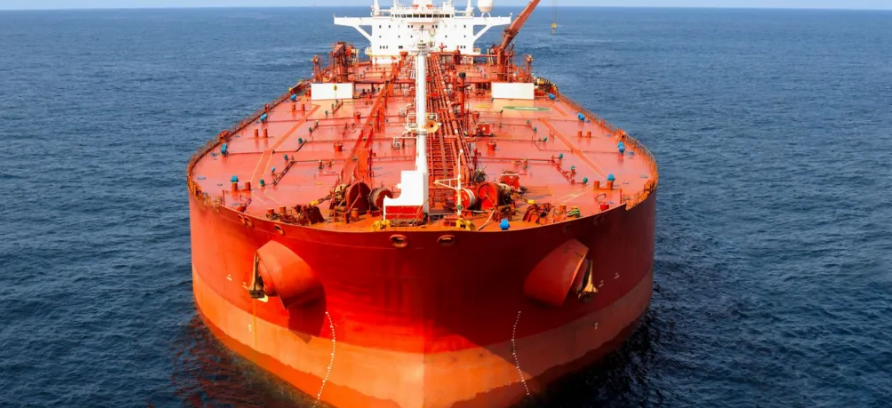Global oil prices jumped sharply on Friday following Israel’s announcement that it had carried out strikes on Iranian targets, marking a significant escalation in tensions across the Middle East. The news sent shockwaves through energy and financial markets, raising fears of potential disruptions to oil supplies from one of the world’s most critical producing regions.
Brent crude, the international benchmark, surged more than 10% in early trading, reaching its highest level since January. While prices eased slightly later in the day, Brent was still trading over 5% higher than Thursday’s close, hovering around $74.47 per barrel.
The sudden price spike underscores market concerns that a prolonged or worsening conflict between Israel and Iran could threaten oil infrastructure or impact shipping lanes, particularly in the Strait of Hormuz—a narrow waterway through which nearly 20% of the world’s oil supply flows. Any disruption to traffic in the strait could significantly curtail global oil shipments and send prices soaring.
“This is an explosive situation,” said Vandana Hari of Vanda Insights, speaking to the BBC. “It could be defused quickly, as seen in similar flare-ups last year, but there’s also the risk it spirals into a broader conflict that threatens Mideast oil supply.”
Following the Israeli attack, the Israel Defense Forces reported that Iran had launched around 100 drones in retaliation. Analysts now warn that energy traders will closely monitor the next 48 hours to assess whether tensions continue to escalate or ease.
Financial markets reacted swiftly to the news. Stock indices in Asia and Europe fell, with Japan’s Nikkei ending down 0.9% and the UK’s FTSE 100 dipping 0.3% by midday. U.S. markets opened lower as well, with the Dow Jones Industrial Average dropping 1.5% and the S&P 500 sliding 0.8%.
Meanwhile, investors sought refuge in traditional safe havens. Gold rose 1.2%, reaching its highest level in nearly two months at $3,423.30 an ounce, while the Swiss franc also made gains.
While oil prices remain well below the $100+ peaks seen after Russia’s invasion of Ukraine in 2022, analysts at Capital Economics warned that a direct hit on Iran’s oil infrastructure or export capabilities could push Brent back toward the $80–$100 range. However, such a surge might be contained as other producers could step in to boost supply.
Rod Dennis of the RAC (Royal Automobile Club) in the UK cautioned that it is “too soon” to predict the impact on fuel prices at the pump, noting that retail margins and the sustainability of higher wholesale costs will ultimately determine the effect on consumers.
With the situation developing rapidly, analysts say markets will remain volatile as they assess whether Friday’s events mark a temporary flashpoint—or the beginning of a broader regional crisis.

















